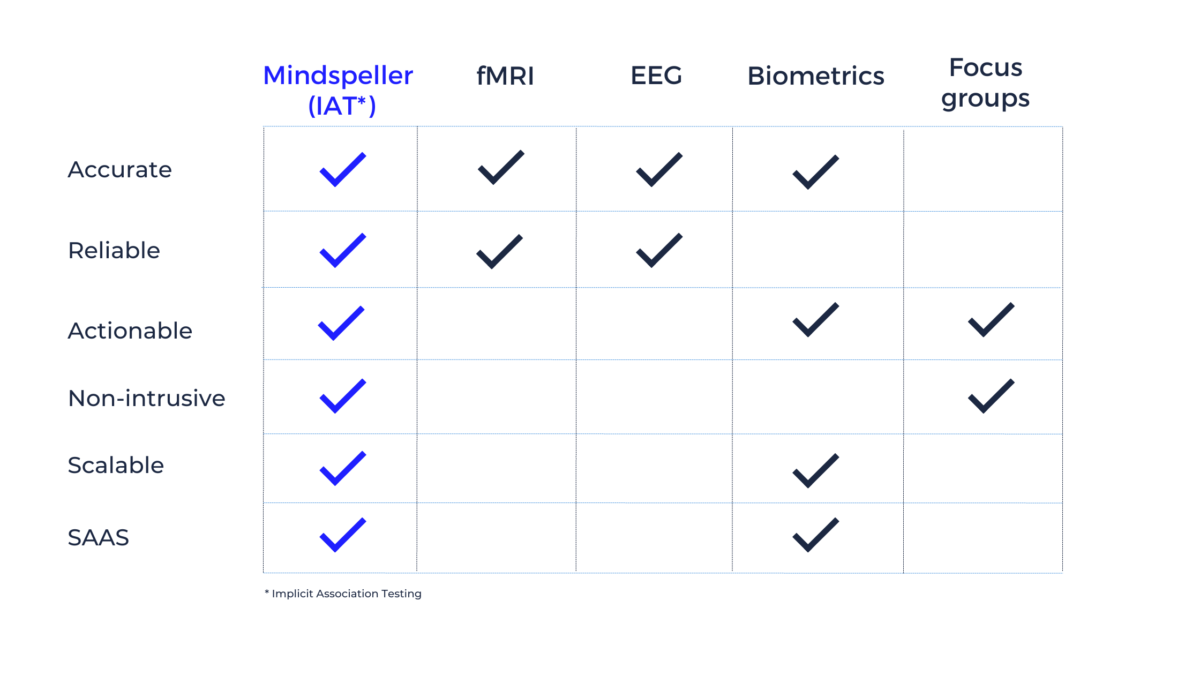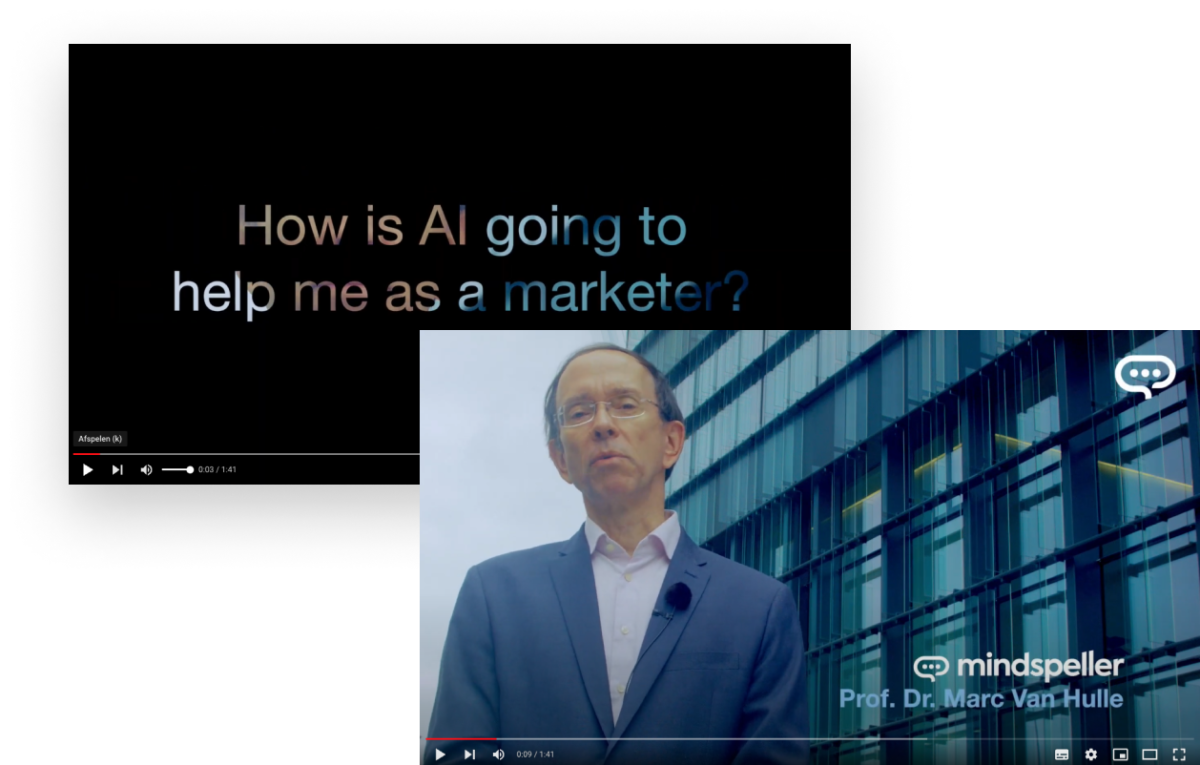The Science
behind Mindspeller
Spun off from Europe’s most innovative university neuroscience lab, Mindspeller leverages a unique platform grounded in free association semantic network theory, surpassing traditional text scraping methods in capturing nuanced human semantic associations. This approach, validated with a medical grade EEG paradigm, effectively models memory recall, providing deeper insights and precise predictions for exploring human cognitive processes and semantics.
The platform, representing the largest human association-based Implicit Association Testing tool currently available on the market, is designed to enhance your marketing communication intuitions.







